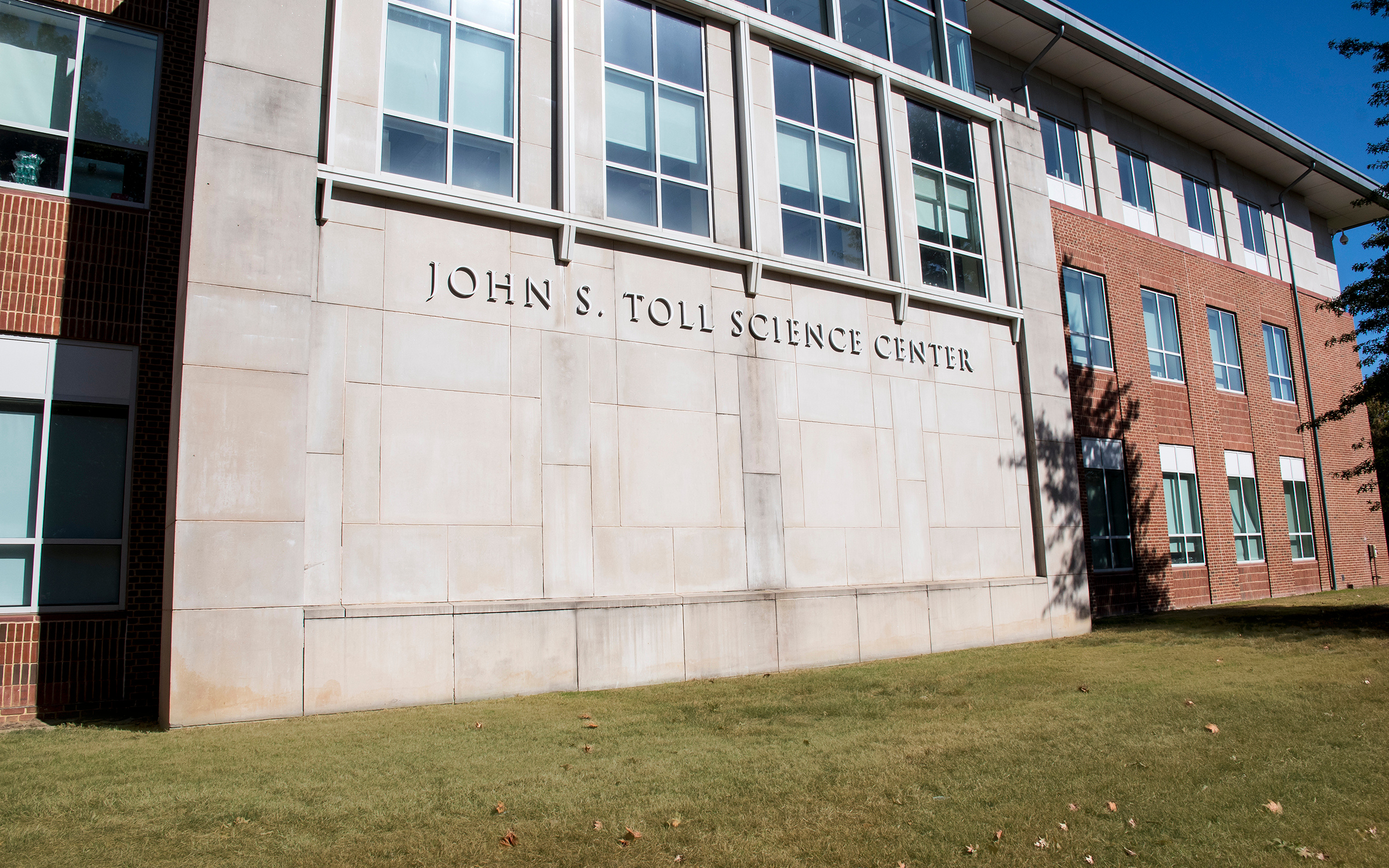

Frequently Asked Questions in Mathematics
You should make every effort to take at least MAT 201 and MAT 202 during your first year. If your schedule allows, or if you have AP credit, you might also take CSI 201, MAT 120, or MAT/CSI 240. Each of these three courses could be taken along with calculus or as a break from calculus if you have AP credit. Of course, if you have AP credit, you could also take the third semester of calculus, MAT 203.
A score of 4 on the AB exam gives you credit for MAT 201. A score of 4 or higher on the BC exam gives you credit for MAT 201 and MAT 202.
Since you can change classes during the first week of the semester, the main thing to keep in mind is to leave openings in your schedule in case you need to change classes. In most semesters, we offer a section of MAT 201 and a section of MAT 202 at the same time. Sign up for one of those sections to make the change easier.
The most popular courses for distribution are CSI 201 and MAT 109. CSI 201 is “Computer Science I”. It's a first course in computer programming that many students find both interesting and useful. MAT 109 is “Statistics”, which can also be very useful, especially for social science majors. Some majors, like Business, have courses that are taught within that department that count for distribution. Be sure to check with your advisor and with faculty in the areas you might like to study to see which courses they recommend for distribution. This is also a something to talk to other students about.
You should coordinate your schedule each semester by talking with advisors in both the math/cs department and the education department. You will likely spend the fall of your senior year student teaching. Therefore, you need to keep this in mind as you plan for your sophomore and junior years.
All of them. Seriously, though, you should take as many different math courses as possible so you have an idea of the various areas of math that you might be interested in. In particular, you should try to take all four of the “proof” courses: MAT 325, MAT 322, MAT 311, and MAT 312.
The senior capstone experience in math consists of a written thesis and an oral presentation of the thesis. It also includes six problem presentations at the math majors seminar. You should present at least two problems during your junior year. See also the math major page. Recent thesis topics may also be found here.
Problems can be found in a number of regular mathematical publications. In addition, the department provides supplementary problems from time to time, usually passed out at the math majors seminar. See also the math major page.
Some students find a topic in the process of their course work. Others come to a faculty member and ask for a choice of topics. If you are not sure which topic you want to study, it is a good idea to talk with a few different faculty members and get some ideas. Many times, a faculty member can offer a quick summary of several possible topics. You can do a little preliminary research on a few areas and then come to a decision.
Yes. Various majors can be combined with a math major. Recently, we have had math/economics, math/physics, and math/computer science double majors. Some majors (like cs or physics) blend particularly well with math since several courses can count for both majors. Of course, your schedule will be a bit tighter as you complete the requirements for two majors. Just be sure to check with advisors from both departments to make sure you stay on track from semester to semester.